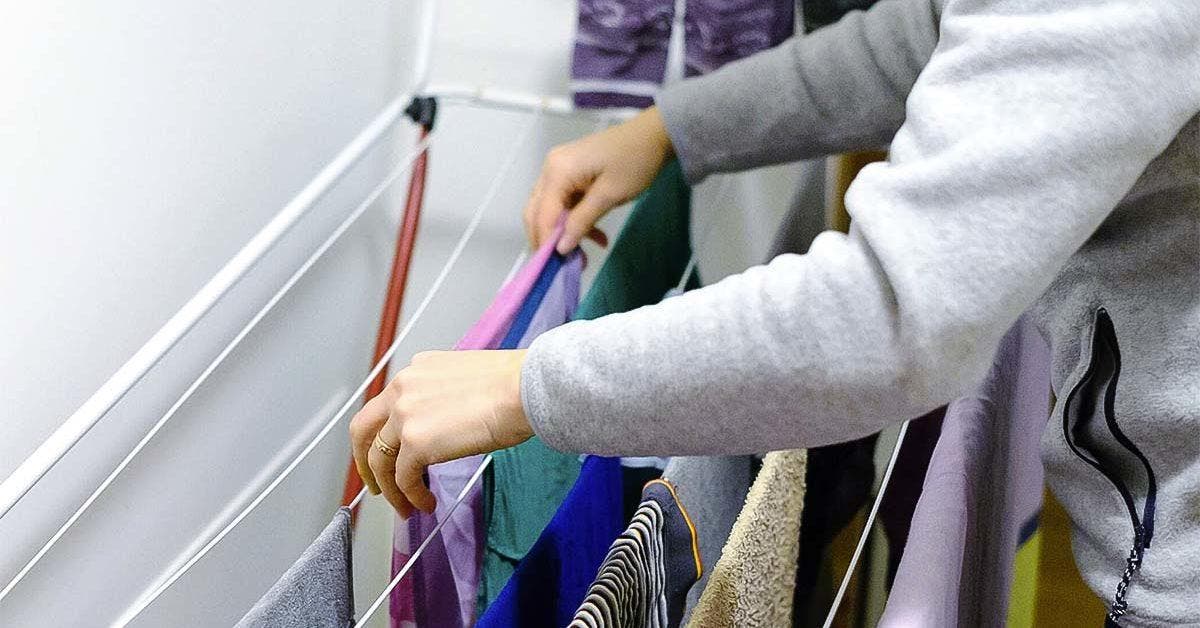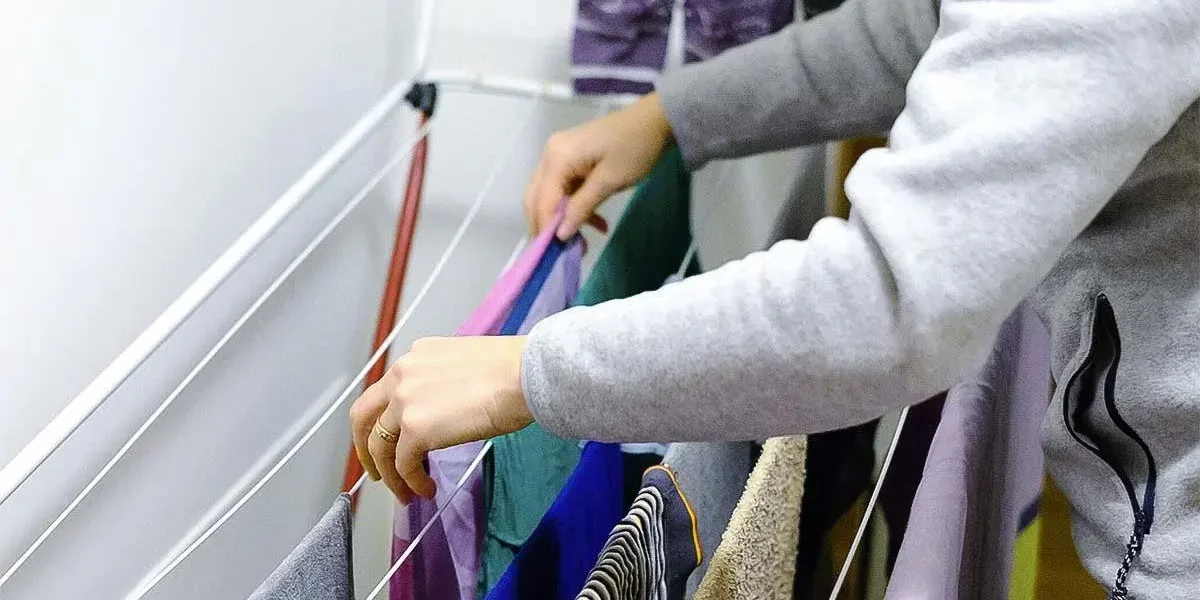
With the cost of living rising, households are looking for solutions to reduce their expenses. Among them, using alternatives to tumble dryers to dry laundry in winter is an option to consider. This handy guide will provide you with expert advice on drying your clothes efficiently without increasing the electricity bill or causing moisture problems.
Understanding the impact of humidity indoors
According to Paul Gibbens , humidity specialist and real estate expert, drying laundry indoors can increase humidity by 30%. This promotes condensation and can lead to the formation of mold , which is harmful to health and the home.
“As humidity levels increase, the environment becomes humid, which impacts your breathing, especially for people with asthma. Spores from mold growth can also cause allergic reactions. “, he declares.
Alternative drying strategies to tumble drying
- Ventilation
It is recommended to place a drying rack near a source of fresh air, such as a window or door, and open it for at least 15 minutes. This simple but effective practice helps renew the air and reduce ambient humidity.
- Using dehumidifiers and other devices
Many users recommend using a dehumidifier to speed up drying and limit condensation. Before purchasing one, it is a good idea to read reviews to choose the model that best suits your needs and budget.
- Heated clothes dryers
The heated clothes dryer consumes less energy than a traditional dryer, it allows you to dry clothes and bedding quickly, without the risk of increasing your electricity bill.
- Choosing the Right Time to Expand
Hang out the laundry in the morning rather than at night, especially if you heat your house during the day. The residual heat will help dry clothes more quickly, while reducing the risk of condensation.
Caution
Watch out for mold! Letting laundry dry without adequate ventilation can encourage the appearance of mold . Open windows regularly or use a dehumidifier to prevent this risk.
The best method will depend on your living conditions and your means. Whether you opt for natural ventilation, the use of a dehumidifier, or even a heated dryer, the important thing is to find a balance between drying efficiency, energy cost and preservation of the indoor air quality of your home. . By following these tips, you will be able to dry your laundry in winter in an efficient and healthy way.
